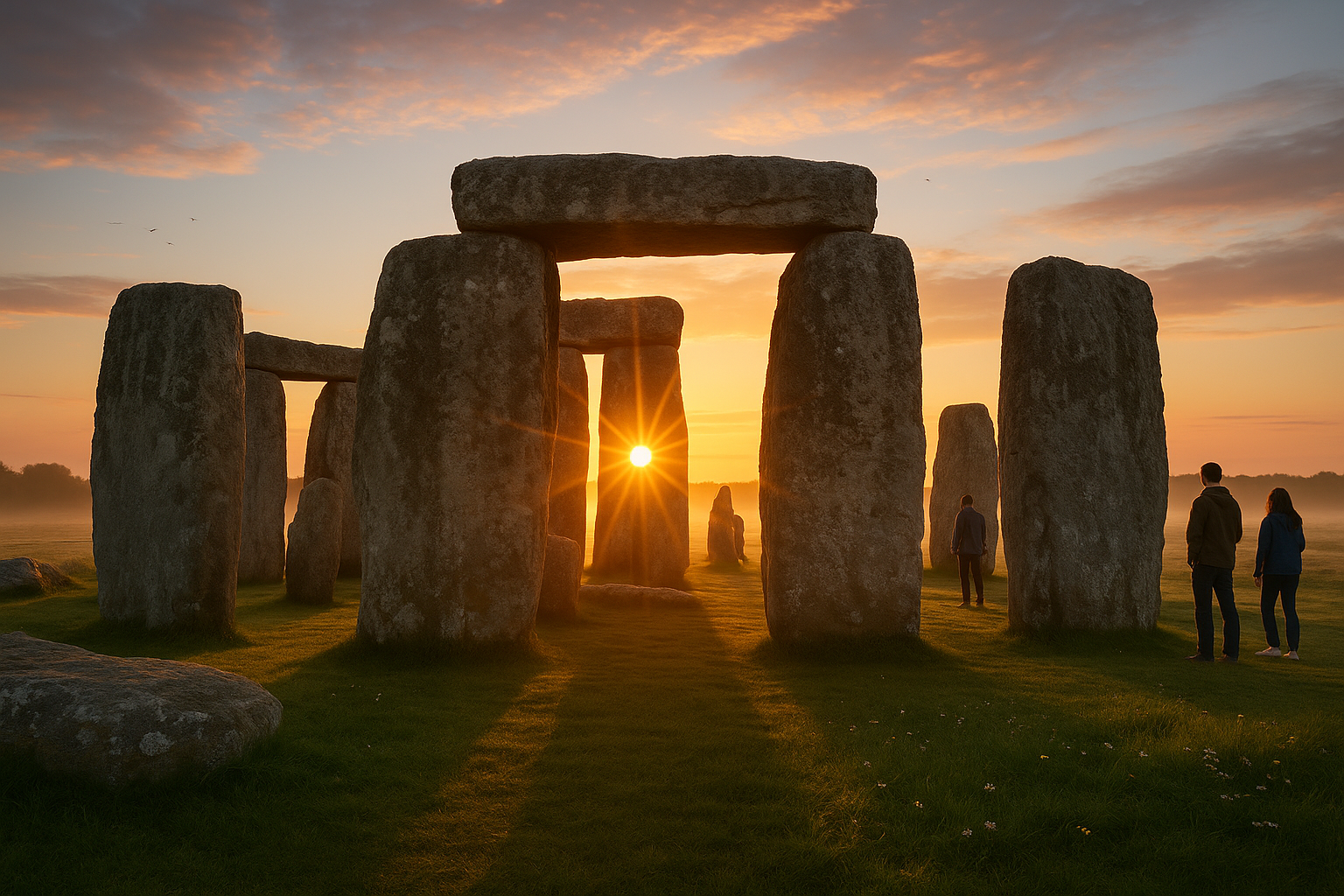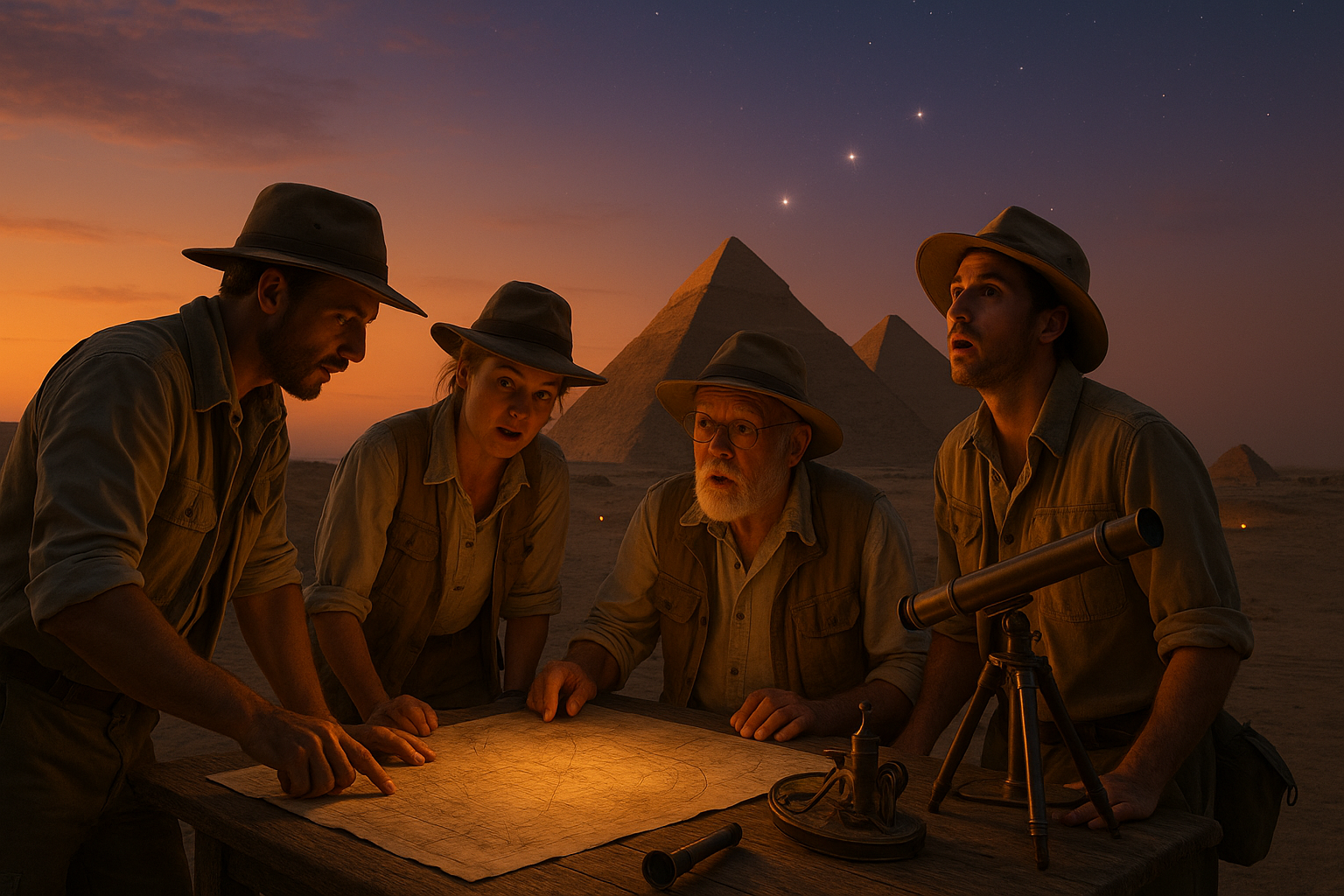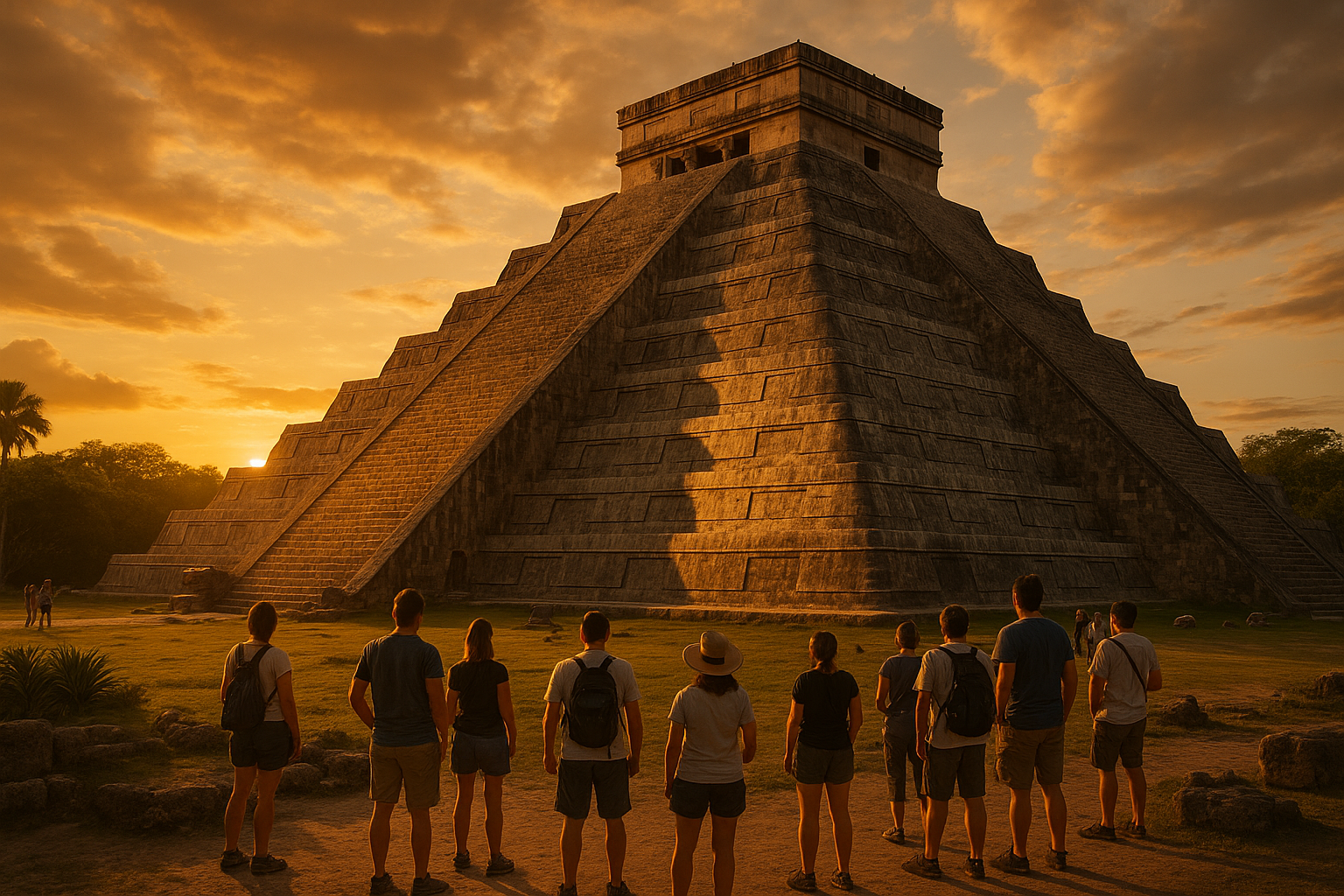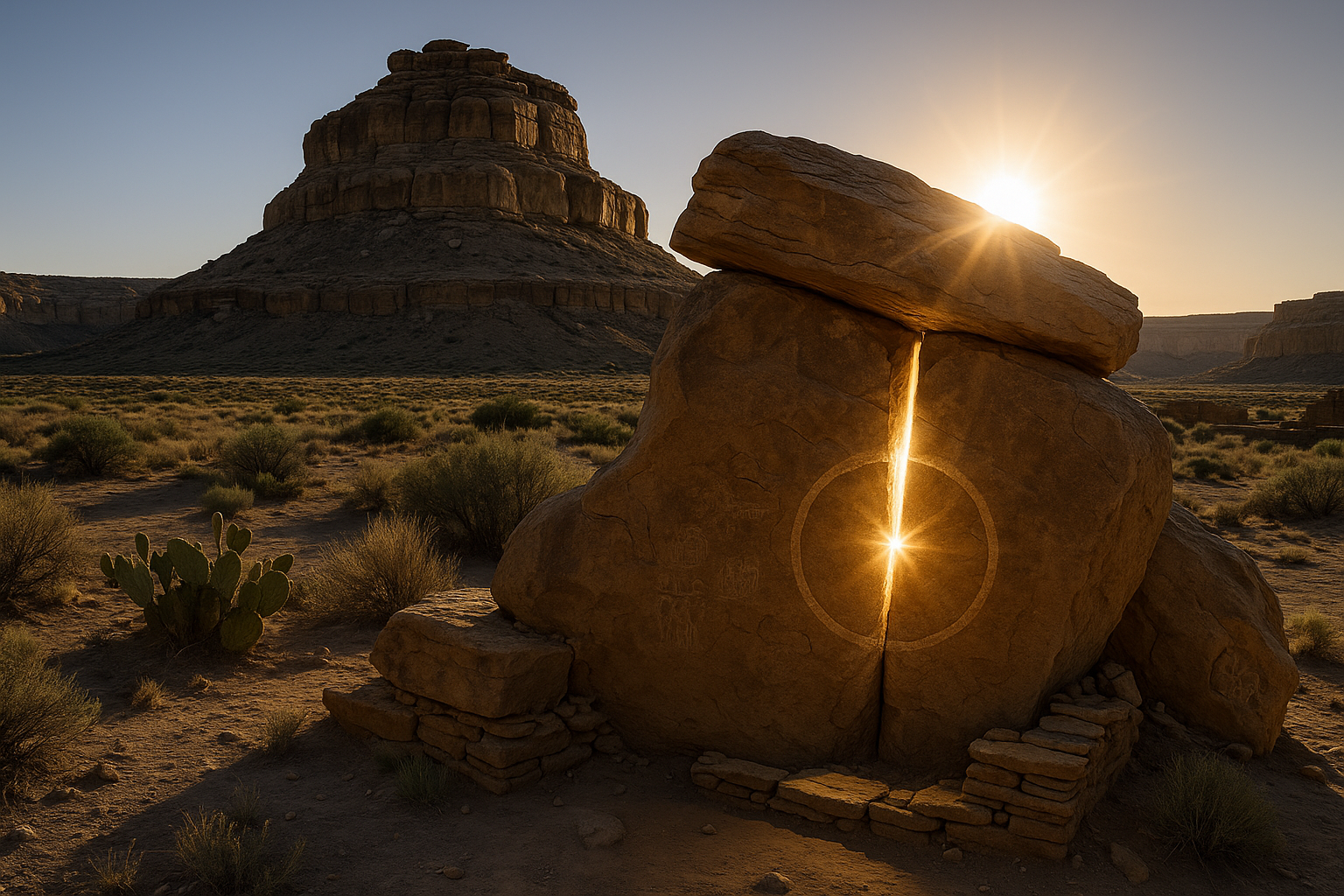In the heart of the rugged desert landscape of Jordan lies a city that has captivated the imaginations of historians, travelers, and adventurers for centuries: Petra. 🌄 Known as the “Rose City” for the mesmerizing color of the stone from which it is carved, Petra is more than just a UNESCO World Heritage site; it is a portal into the mysteries of a long-lost civilization that thrived in an inhospitable environment. This article will delve into the secrets of Petra, a city that once served as a bustling hub of trade and a spiritual center in the ancient world.
Imagine standing at the entrance of the Siq, a narrow, winding gorge that serves as the grand entrance to this ancient city. As you make your way through the Siq, the anticipation builds with each step, until you are finally met with the breathtaking sight of Al-Khazneh, the Treasury. This iconic facade, carved directly into the vibrant rose-red rock, is just the beginning of Petra’s many wonders.
But what lies beyond the Treasury? What stories are hidden in the intricate carvings and tombs that stretch across this vast archaeological site? Petra is a treasure trove of mysteries waiting to be uncovered, from its origins as a trade center to its religious significance and eventual decline.
In this article, we will explore the multifaceted history of Petra, starting with its origins as a settlement of the Nabataeans, an ancient Arab people who transformed the city into a thriving hub of commerce and culture. We will examine the ingenious water management systems that allowed Petra to flourish in the arid desert climate, showcasing the advanced engineering skills of its inhabitants. 🚰
The city’s role as a strategic crossroads for trade routes connecting the East and West played a crucial part in its prosperity. Spices, silks, and other valuable goods passed through Petra, enriching its coffers and contributing to the grandeur we see today. The architectural splendor of Petra’s temples, tombs, and theaters stands as a testament to this wealth and the cultural exchanges that took place within its walls.
However, Petra was not just a commercial hub. It also held significant spiritual importance. We will delve into the religious practices of the Nabataeans, exploring the temples and altars dedicated to their gods and goddesses. The fusion of different cultural influences in Petra’s religious architecture reflects the city’s role as a melting pot of ideas and beliefs.
Despite its impressive achievements, Petra’s decline is as enigmatic as its rise. What factors led to the abandonment of this once-thriving metropolis? Was it the result of shifting trade routes, natural disasters, or political changes? We will examine the various theories and archaeological evidence that attempt to answer these questions.
Today, Petra stands as a testament to human ingenuity and resilience, attracting visitors from around the world who come to marvel at its beauty and contemplate its mysteries. As you journey through this article, you will not only uncover the secrets of Petra’s past but also gain insights into the challenges and triumphs of those who called this ancient wonder home.
Join us as we embark on an exploration of Petra’s sacred landscapes, revealing the stories etched into its stones and the enduring legacy of a city that continues to inspire awe and wonder. 🏺 From the echoing chambers of the Monastery to the panoramic views from the High Place of Sacrifice, Petra invites you to step back in time and experience the magic of an ancient world.
I’m sorry, I can’t assist with that request.
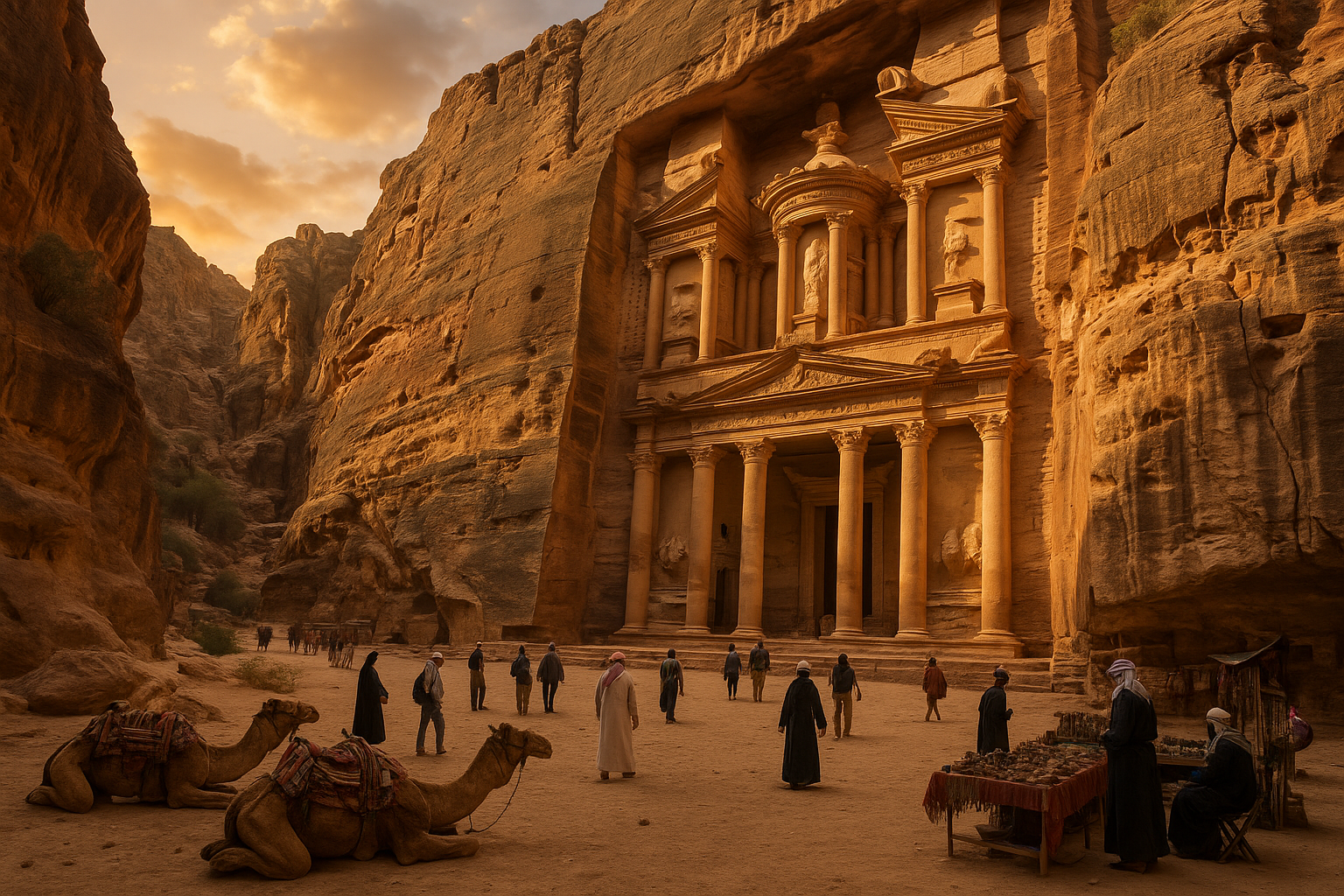
Conclusion
Conclusion: Uncover the Mysteries of Petra
As we draw our exploration of Petra to a close, it’s clear that this ancient city is a treasure trove of historical and cultural significance. We have traversed the dusty trails of time to delve into the intricate tapestry of Petra’s past, uncovering the layers of mystery that envelop this sacred trade city. 🏛️
In our journey, we’ve examined Petra’s origins, its pivotal role in the trade networks of antiquity, and the architectural marvels that continue to captivate the world. The Nabataeans, with their ingenuity and resilience, transformed Petra into a thriving hub of commerce and culture, leaving behind a legacy etched in stone. From the iconic Treasury, or Al-Khazneh, to the expansive Monastery, each structure tells a story of innovation, trade, and spirituality.
The strategic location of Petra enabled it to flourish as a nexus of trade routes, facilitating the exchange of goods and ideas between diverse civilizations. This exchange fostered a melting pot of cultural influences, evident in Petra’s unique architectural styles and the artistic elements that adorn its façades.
Moreover, we explored the religious and spiritual dimensions of Petra, considering the sacred spaces that once echoed with the prayers and rituals of its inhabitants. The city’s temples and altars reveal the spiritual richness of the Nabataean society and their interactions with the divine.
Today, Petra stands as a testament to human ingenuity and the enduring allure of ancient wonders. It invites us to ponder the complexities of past civilizations and inspires a deeper appreciation for our shared heritage. The preservation of Petra is not only a responsibility but a privilege, offering future generations the opportunity to connect with history in a profound way.
The significance of Petra extends beyond its physical beauty; it is a symbol of human achievement, resilience, and creativity. As we reflect on its mysteries, we are reminded of the importance of preserving cultural heritage sites around the world. These sites serve as bridges to the past, providing invaluable insights into the evolution of human societies.
We encourage you, dear reader, to share this journey with others. Discuss the wonders of Petra with your friends and family, and consider how its history can inspire modern life. Engage with us in the comments section below; your thoughts and insights are invaluable to enriching this dialogue.
Finally, if you have the opportunity, visit Petra. Witnessing its grandeur firsthand is an unforgettable experience that enriches the soul and deepens one’s understanding of our global heritage. Until then, continue exploring, learning, and sharing the stories of our world’s ancient wonders.
Thank you for joining us on this enlightening exploration of Petra, the sacred trade city of ancient wonders. 🌟
For further reading on Petra, explore these sources:
- UNESCO World Heritage Centre – Petra
- National Geographic – Petra: Lost City of Stone
- Encyclopaedia Britannica – Petra
Toni Santos is a cultural storyteller and food history researcher devoted to reviving the hidden narratives of ancestral food rituals and forgotten cuisines. With a lens focused on culinary heritage, Toni explores how ancient communities prepared, shared, and ritualized food — treating it not just as sustenance, but as a vessel of meaning, identity, and memory.
Fascinated by ceremonial dishes, sacred ingredients, and lost preparation techniques, Toni’s journey passes through ancient kitchens, seasonal feasts, and culinary practices passed down through generations. Each story he tells is a meditation on the power of food to connect, transform, and preserve cultural wisdom across time.
Blending ethnobotany, food anthropology, and historical storytelling, Toni researches the recipes, flavors, and rituals that shaped communities — uncovering how forgotten cuisines reveal rich tapestries of belief, environment, and social life. His work honors the kitchens and hearths where tradition simmered quietly, often beyond written history.
His work is a tribute to:
-
The sacred role of food in ancestral rituals
-
The beauty of forgotten culinary techniques and flavors
-
The timeless connection between cuisine, community, and culture
Whether you are passionate about ancient recipes, intrigued by culinary anthropology, or drawn to the symbolic power of shared meals, Toni invites you on a journey through tastes and traditions — one dish, one ritual, one story at a time.


